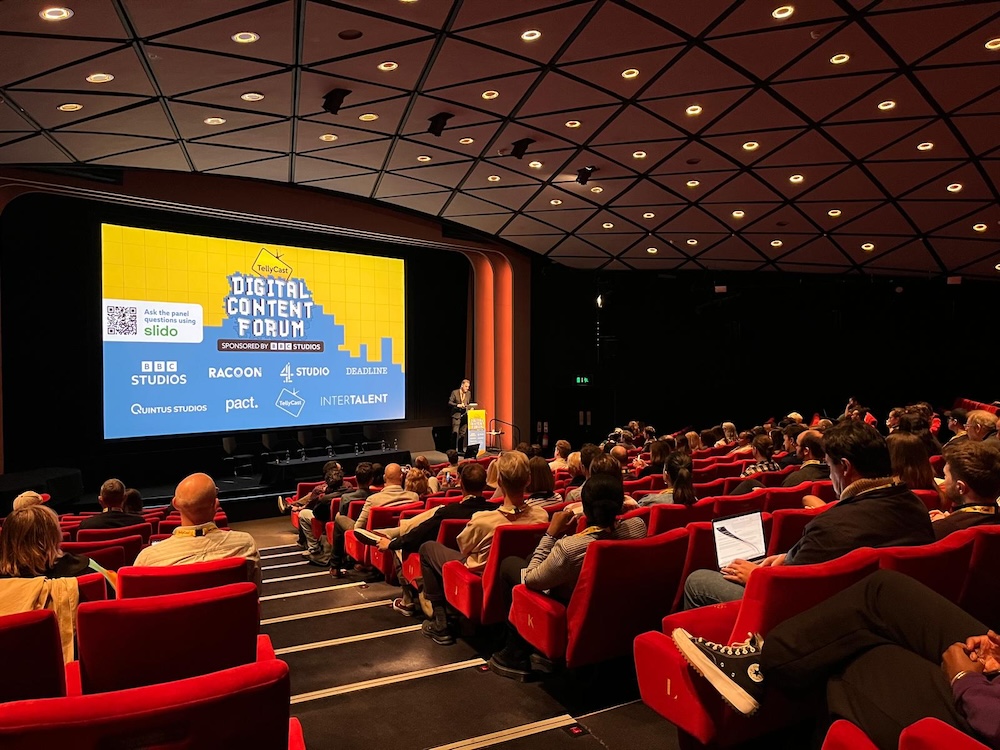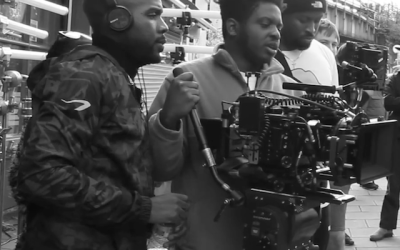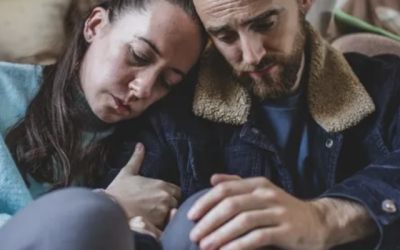At this year’s edition of the TellyCast Digital Content Forum (November 7th, BFI Southbank), delegates will have the opportunity to pitch their content and ideas to some of the industry’s major media players via a dedicated Buyers Lounge. Dubbed The Bridge, this innovative initiative is a timely response to the increasingly close co-operation between traditional media and digital first content creators.
Explaining the rationale for The Bridge, TellyCast founder Justin Crosby said the idea was sparked by digital-first deal-making at previous editions of the TellyCast Digital Content Forum. “Three digital-first shows have been commissioned or invested in following their appearance in our content pitch showcase ‘The Drop’. And over the last year we have seen an acceleration in content-based partnerships involving ‘traditional’ and digital first media companies. This convinces me that there is a host of opportunities for networks, distributors, and content creators to collaborate.”
These opportunities come in numerous forms – as has been highlighted by news stories here on The Drop over the last few months. Ahead of the Digital Content Forum, here are just a few illustrations of the growing interaction between the two worlds:
Formats: The holy grail for digital-first creators is the creation of formats that can run and run across both social media and traditional media. Imagine, for example, that the next Big Brother launched on social media then blew up as a show on US or UK TV networks. We’re not quite at that stage yet, but content powerhouse Banijay Entertainment (Masterchef, Survivor, Big Brother) has recently acquired the exclusive format rights for The Infiltrators, a heist-themed gameshow from Cowshed Studios. In France, meanwhile, YouTube competition format Poker Society (created by Dreamspark) has been picked up by French broadcast channel NRJ 12. So it will be interesting to see how digital-first IP handles the transition to TV.
Elevated Production: Subtly different to formats, this is where an existing short-form digital first series is expanded into a long-form version for TV. It’s possible that this could evolve into a format, but not inevitable. For example, Spirit Studios recently announced a partnership with Quintus Studios to expand its Outsmarting YouTube series into a long form linear TV series and podcast. Originally a 10 x 10’ series, Outsmarting is being reimagined as Outsmarting Evil, a 6 x 60’ series that tells the stories of ordinary people who managed to defy the odds and escape the clutches of dangerous, manipulative, and toxic individuals. Distributed by Quintus, the English-language version of Outsmarting Evil could go on to sell internationally for years as a full-length series, without ever having to be localised.
Stories: What is obvious to digital-first enthusiasts is that the world of social media is a hothouse of great stories. Increasingly, this is providing the TV industry with a new source of IP to develop shows around. Arguably, podcasts have led the way in this regard – but we’ve reached the point where the search for great stories means any platform can deliver the next big hit. Proof of this came with the news that viral TikTok series Who TF Did I Marry? is being developed for television. Who TF Did I Marry? was posted on to TikTok by Tareasa Johnson in a series of 50 videos – a total of eight hours (which averages approximately 9-10 mins per ep). The story is being adapted for the big screen by Natasha Rothwell under a deal with ABC Signature. This isn’t an isolated example, with New Zealand’s n00b also transitioning from TikTok to TV.
Talent: Sometimes, it isn’t the stories but digital-first talent that is in demand. This is something of a no-brainer, given that content creators and influencers have the kind of huge young fanbases that traditional TV is desperate to attract. A recent example is the news that VICE Studios Group is developing a reality series Montana Boyz (working title) with Viral Nation, the social media marketing and creator representation agency. The series will star internet sensations the Montana Boyz, Kaleb Winterburn, Mark Estes and Kade Wilcox. This trend is evident around the world. In Finland, media giant Nelonen is turning to YouTubers to try and drive youth audiences in the direction of its streaming platform Ruutu. Examples include a 4 x 15-20 minute series which sees popular YouTuber Jaakko Parkkali spend his summer answering the ‘emergency service’ phone, a number known only to a select few stars in the entertainment world. A variant on this is the use of digital-first talent as reporters at live events – used to great effect by Eurosport during the Paris 2024 Olympics.
Repurposed content: Sometimes, the relationship between social and traditional media is simply about repurposing or reusing existing content. It’s intriguing to note, for example, that leading kids studio Wildbrain is heading for content market MIPCOM with digital-first shortform animation series Storybooth. With 243 x 3 mins worth of content, Storybooth already has more than enough content to create a long-form TV series (should buyers choose to go that direction). And with 4.6m subscribers it can point to a built-in fanbase. With the emergence of FAST and AVOD, the pool of content already residing on social media has the potential to be a valuable resource for buyers. As another case in point, Little Dot Studios recently unveiled a new partnership between its German office and ProSiebenSat.1-owned digital enterprise Studio71. The pact involves the launch of two factual-based channel brands (Real Stories and Real Crime) on the German media giant’s free streaming service JOYN.
Pilots: The digital-first community can be a little dismissive of this – but there’s no question that the pared back, low cost world of social media content can be used as a way to pilot concepts inexpensively. This isn’t to say that the pilot doesn’t have editorial merit in its own right, but the ultimate goal might be to build a bigger proposition. After all, who doesn’t want their idea to be transformed into a show for NBC Primetime or Netflix? In a way, this model is nothing new. The TV formats business has a track record of launching franchises in small territories in the hope they will catch fire elsewhere. Global phenomenon Married At First Sight, for example, started life in Denmark. Perhaps piloting was part of the rationale for Rylan Clark’s digital first chat show format Air Rylan, which was announced via TikTok and launched on YouTube.
Branded content: Okay, so the relationship between brands and content creators is nothing new. But there is definitely a sense that big brands are starting to regard digital-first talent as a crucial component of their communications strategy. For example, The Drop recently reported that Kai Cenat has been working with both McDonald’s and Nike, which is the ultimate mash up of big brand marketing and social media disruption. In a similar vein, Channel 4 Sales and Carlsberg Group recently created a social series for craft beer brand Brooklyn Brewery, featuring British musician Kojey Radical. Managing to meld broadcasters, brands and digital talent is not an easy process, but if successful it can deliver incremental revenues to platforms and talent, while achieving communication and sales goals for brands.
Digital Content Forum’s The Bridge is a ground-breaking initiative that will provide a platform for distributors, networks and investors to meet with delegates from leading digital first studios, creators and each other. Confirmed participants at time of writing include ITV Studios, BBC Studios, Night Train Digital, Sphere Abacus, Quintus Studios, Blue Ant Media, A+E Networks UK, MTV and Little Dot Studios.





